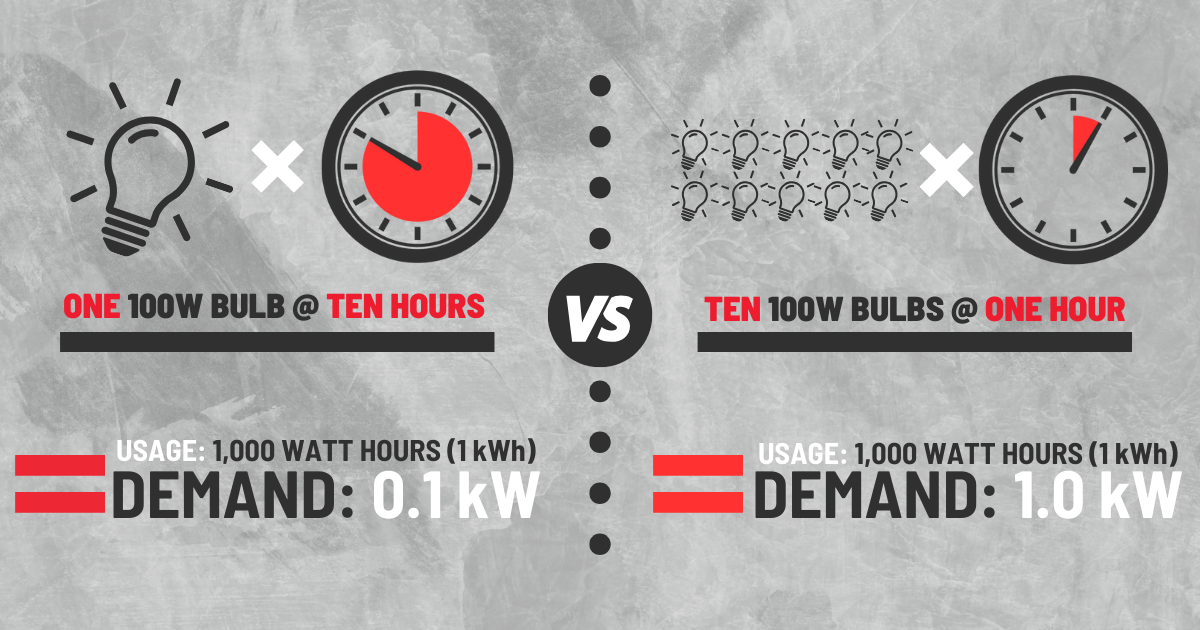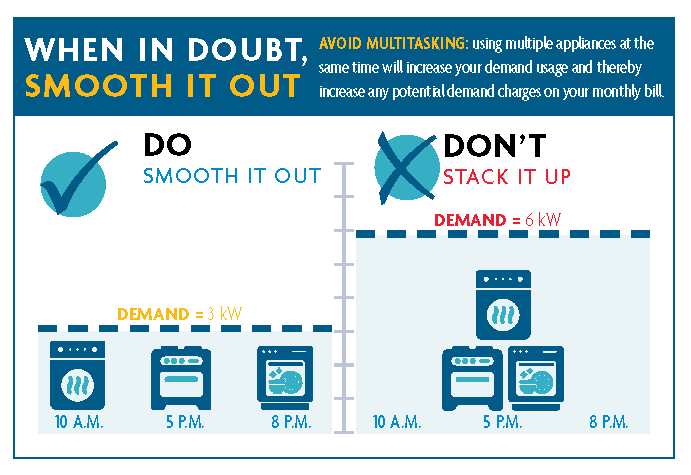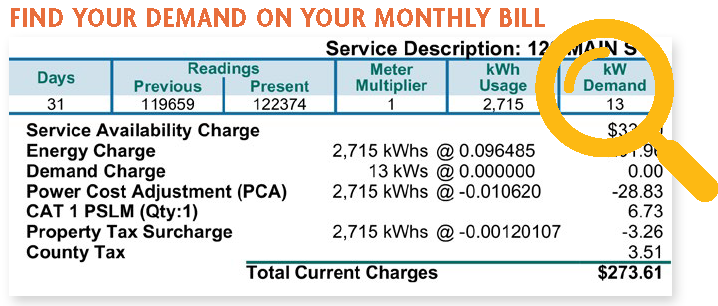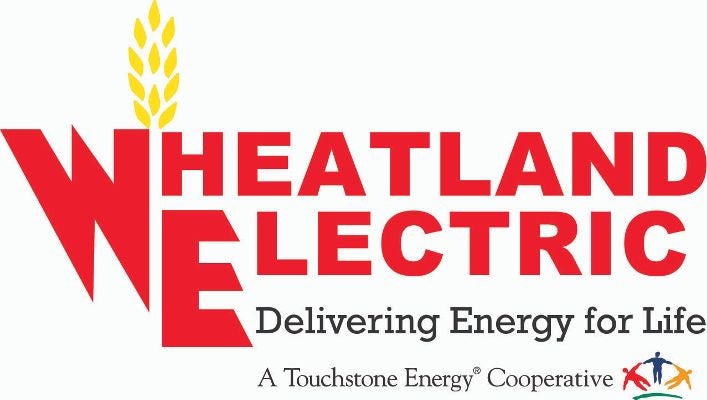Wheatland Electric Cooperative is considering adding a demand component to our electric rate schedule for residential members starting early next year.
Learn what demand is, how it’s measured, and how you can save money on your bill by making energy-smart choices.
If you look around your home, you likely have more devices and technological equipment that require electricity than ever before.
Our connected lives are increasingly dependent on more electricity to function during more hours of the day. At the same time, as demand for electricity rises, WEC must deliver an uninterrupted 24/7 power supply — regardless of market conditions or other circumstances.
But before WEC can send electricity to your home, that electricity needs to be generated by our generation and transmission cooperative (G&T), Sunflower Electric Power Corporation, which is our wholesale power supplier.
Once the electricity has been generated, it travels over high-voltage transmission lines to substations, where the voltage is reduced to a safer level. The electricity then travels over our distribution power lines and finds its way into your home or place of business.
So, while you pay your bill to us — your electric distribution cooperative — we don’t actually generate the electricity you use. That is the job of the G&T.
Electricity to your home has to be generated at the same time you’re using it, which is why you, the cooperative member, still play a big part in determining how much electricity the G&T needs to create in order to keep the lights on in our communities. That is where consumption and demand come in.
CONSUMPTION is how much electricity a member uses over a period of time. It is measured in kilowatt-hours (kWh).DEMAND is how much electricity a member requires at a single moment in time. It is measured in kilowatts (kW).

For example, a lightbulb uses a certain number of watts to work — let’s say 100 watts per hour. If that lightbulb stays on for 10 hours, it demands a certain number of kilowatts (in this case, 1 kW) from the generation station
producing electricity.
Now, if you turn on 10, 100-watt lightbulbs in your home for one hour, you are still consuming the same number of kW. However, you are placing a higher demand on the utility to have those kW available to you over the course of one hour, instead of 10. This requires the G&T to produce more power in less time in order to meet your demand.
WEC purchases kilowatt hours from our G&T based on the average demand of our members, which means when members use more electricity during peak demand periods, it often costs more.
Peak hours often occur during the early morning when members are getting ready for school or work and in the early evening when they are cooking dinner, doing chores (like laundry and dishes) and using electronic devices.
WEC does not currently charge residential customers for demand, though demand usage is measured and reflected on your monthly electric bill. Historically, it’s been accounted for as part of a cooperative member’s overall consumption (kWh) or usage. In implementing this charge, WEC will look at the highest 15-minute average usage recorded during a normal monthly billing cycle.
We believe implementing a residential demand charge, likely to be phased in over time, will more accurately and fairly collect costs from the overall cooperative membership. In addition, it will also give members more control of their electric bill by taking usage practices into account.
By spreading out the use of major appliances and other high-demand items, members can avoid increased demand charges and potentially lower their electric costs (see example in the graphic below).

WEC members can use the data in SmartHub to see when their energy use increases. Once you know when your use is highest, you can consider what electric devices are in use during that time and reduce your demand by spreading out the use of those items in your home.
For example, starting the laundry and the dishwasher at the same time you start preheating the oven creates high energy use. Instead, run your dishwasher at night when everyone has gone to bed, cook with an air fryer instead of the oven, or don’t start your dryer at the same time you start dinner.
By spreading our your common household chores over time rather than multitasking, you can lower your demand and potentially save money on your energy bill.
As a member-owned not-for-profit cooperative, we are community-focused and exist to serve the needs of our members. Generating and distributing power can be a tricky and complicated business, but rest assured that we will always meet the necessary demand to provide safe, reliable and competitively priced electricity to your family.


